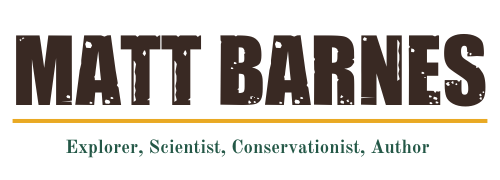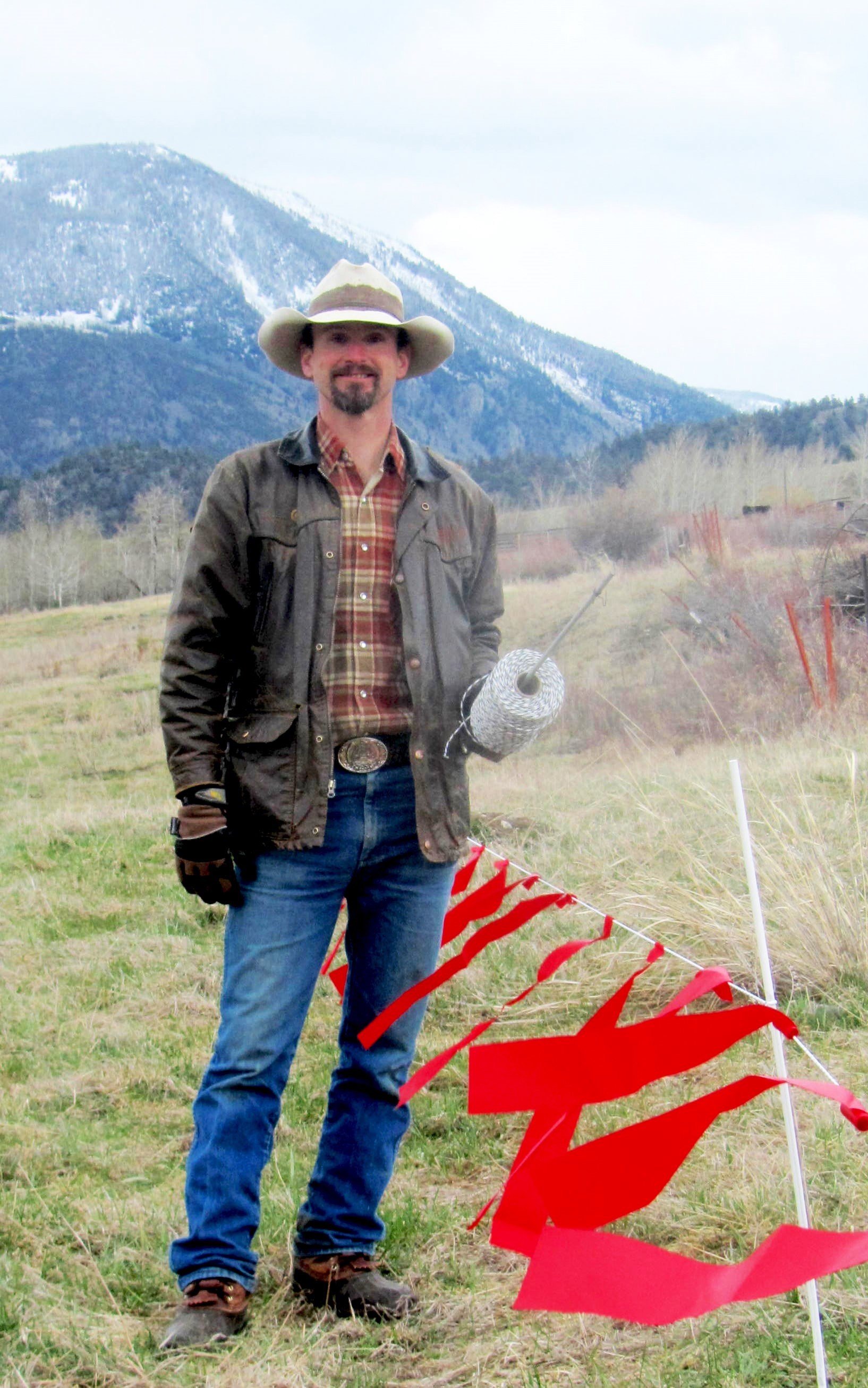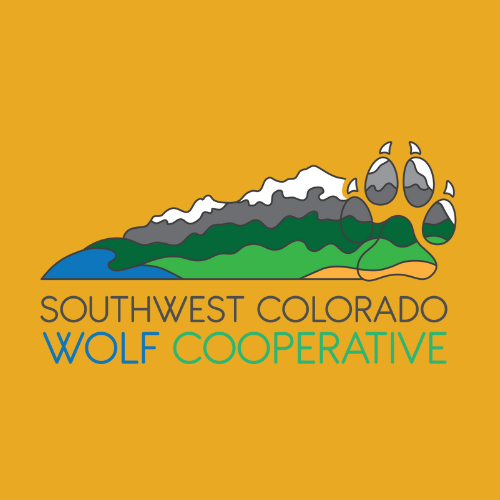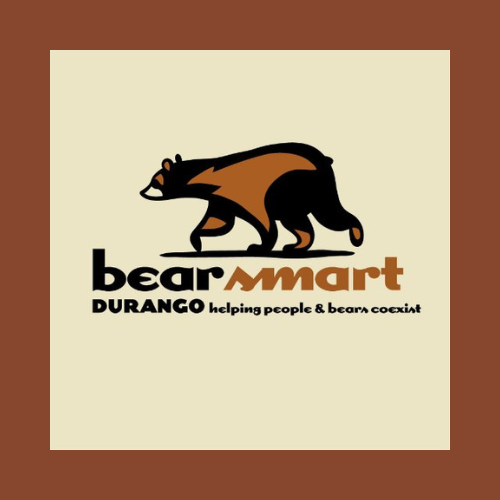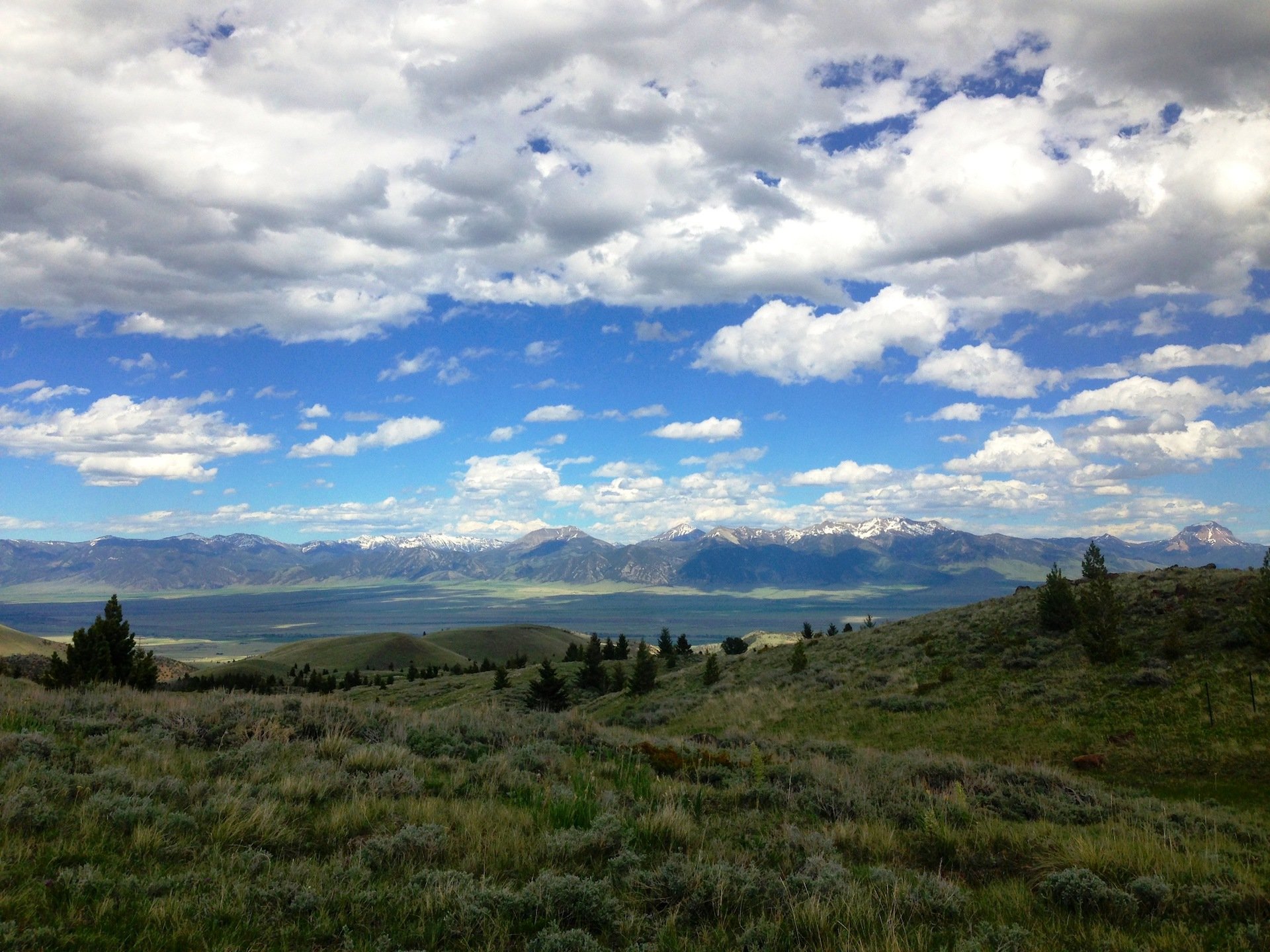
Reintegrating Wildness
An integral approach to land stewardship, coexistence with large carnivores, and public safety
A project of the Northern Rockies Conservation Cooperative
Restoring and sustaining our Western heritage
When Aldo Leopold concluded that perhaps the hidden meaning in the howl of a wolf, echoing from the rimrock, is the same as in Thoreau’s dictum: “in wildness is the preservation of the world,” he hinted at an important point: wildness isn’t just in wildlands and wildlife, it’s in all of us. Leopold condensed his realization into a moment of watching the green fire die, but the truth is this was the decades-long unfolding of an ever broader, more inclusive, more integrated view of apex carnivores, land, and people. He died shortly after writing that, leaving the bulk of further restoration and integration to future thinkers and doers.
Here in the mountain West, our heritage includes an evolving landscape of wild and domestic animals, native traditional knowledge, ranching culture, practical science, and evolving perspectives on land, animals, and ourselves.
My work involves reintegration of wildness in that working landscape, as exemplified by living and working with bears, wolves, and cougars, as well as fires and floods—in both the ecological and cultural senses.
Info ahead: Matt riding the range in Mexican wolf country, Arizona
Strategies for livestock-carnivore conflict prevention
In my experience, the best approaches to conflict reduction are those that prevent it from happening in the first place, at least some of the time. That means a primary focus on reducing livestock vulnerability ahead of encounters with potential predators.
Range management methods that concentrate herds and move them around the landscape in ways that make sense for land and livestock, are often thought of as “grazing in Nature’s image.” Such strategic grazing management, whether accomplished through planned, adaptive multiple-paddock grazing, or through low-stress herding, can also reduce vulnerability to predation in some situations.
Livestock guardian animals, such as livestock guardian dogs, or in some cases llamas or donkeys, can also reduce vulnerability—as long as the herd isn’t scattered over a large area.
Carcasses are a natural part of a landscape, but also attract predators. Removing them from the vicinity of live cattle has prevented losses to grizzlies and wolves in Montana.
Low-stress herding, Shoshone National Forest, Wyoming | Photo credit: Susan Kucera
Tools for livestock-carnivore conflict minimization
We can prevent some, but not all conflicts. Most bears, wolves, and mountain lions don’t kill livestock, but some do. For example, in the Northern Rocky Mountains, each year about 17-22% of wolf packs are known to be involved in one or more livestock depredation(s). We want to keep that number as low as possible, and when it happens, if possible, to stop it before it gets worse.
If livestock are sufficiently concentrated, such as in a calving pasture (when they are most vulnerable), sometimes tools can keep potential predators out of the herd. Those tools include things like variations of electric fencing, light and noise devices (scientists call them aversive or disruptive stimuli). They mostly rely on novelty, so anything short of a physical barrier needs to be used strategically and temporarily, when and where it has the highest chance of success. I’ve had success with visual devices like Foxlights and turbo fladry; others have had success with noise-making gadgets like radio-activated guard boxes or propane canons.
Foxlight, one of many around a calving pasture in wolf and grizzly country
Human-carnivore conflict
In our struggles to live alongside large carnivores, more than other wildlife issues, we find that human-carnivore conflicts bring into focus the conflicts between underlying worldviews, especially deeply held assumptions about wildness and domesticity, projected as clashing visions for the next West.
Caught in the crossfire, both metaphorically and literally, are the animals we care about. Statistically, predation is a minor cause of livestock death (in the Northern Rocky Mountains, in counties occupied by wolves, confirmed depredations involve <0.01% of livestock present)—but livestock loss can be locally much more significant. Targeted lethal removal sometimes relieves conflict at a local level, but the effect is often temporary. And the number of wolves or bears killed is sometimes disproportionate.
Mountain lion on a livestock carcass, Colorado; the lion was killed within an hour of this photo
From conflict to coexistence
There are significant parallels in how we view wildness, wildlife, and ecological disturbances such as fire and flood. These evolving paradigms reflect our understanding of our niche in the more-than-human world. Love them or not, ecological processes like predation by large carnivores, as well as fire and flood regimes that in some ways are more natural, are coming back.
In ecology, we no longer view land as tending toward a “climax” equilibrium state, interrupted by external disturbances. In resilience theory, the adaptive cycle internalizes the concept of disturbance as part of the system. Predation is no longer external to the herd, nor fire to the forest, nor flood to the river. In wildland fire, the evolutionary trend is from strict fire suppression to prescribed fire, managed wildland fire, and developing fire-adapted communities. Floods were once viewed strictly as a natural disaster but are now known to be essential in many watersheds; we now have managed releases and even some decommissioning of dams.
We still need appropriate and rapid responses to incidents, integrated into larger systems of prevention and mitigation.
Gray wolves, napping, Montana
From the Northern to the Southern Rockies
I brought my experience from the Northern Rockies back to the Southern Rockies in 2018, sharing an integral view of coexistence with potential predators in a ranching landscape. Meanwhile, Colorado was having a heated discussion about wolf restoration, and in 2020 passed a ballot proposition for reintroduction—the first use of direct democracy to restore an endangered species.
I explored between the Northern and Southern Rockies, looking for ways that wolves, wolverines, or bears might disperse southward across the arid heart of the West. I paddled the Green River from the Wind River Range across the deserts of southwestern Wyoming, through Browns Park and the Uinta Mountains in Utah and Colorado, through the Tavaputs Plateau, and on to the confluence with the Colorado River. Along the way I saw the tracks and heard the howls of the first wolf pack to occupy Colorado in the modern era. Those were the only howls I heard on that entire journey. Those wolves are already gone, but more will come.
I continue to promote coexistence, especially in the context of Colorado’s ongoing planning, by serving on the Colorado Parks and Wildlife wolf restoration Stakeholder Advisory Group, and sharing ideas through publications, guest columns, interviews for news and podcasts, and giving presentations at various ranching and wolf-related events.
Observing a livestock carcass for signs of predation
Installing turbo fladry around a spring calving pasture
Matt setting a wildlife camera, in grizzly and wolf country, Wyoming | Photo credit: Jayme Dittmar
Looking for bears near the southern end of current grizzly range, Wyoming | Photo credit: Gary Skiba
Bears in orchards are an issue West-wide; electric fencing and fruit gleaning can help
Carcass piles attract scavengers; carcass removal can help prevent predation of nearby livestock
Checking for a signal from a radio-collared wolf, Montana | Photo credit: Garl Germann
Livestock guardian dog, Colorado
Matt Barnes and Steve Primm of NRCC, installing fladry around a calving pasture
Packing bear spray, Wyoming | Photo credit: Susan Kucera
Grizzly bear, waking up after getting a new ear-tag transmitter, Idaho
Gray wolf track, Montana
Support My Work
The Northern Rockies Conservation Cooperative (NRCC) advances conservation for the common good by generating reliable knowledge, fostering effective leadership, and enabling innovation.
Outfits I’ve partnered with:
Partner with me

Browse publications, presentations, podcasts, and more
-
Conservation science
Technical publications and presentations on human-carnivore coexistence
-
Perspectives
On living and ranching with carnivores and more
-
Podcasts
Interviews on livestock-carnivore interactions and coexistence
